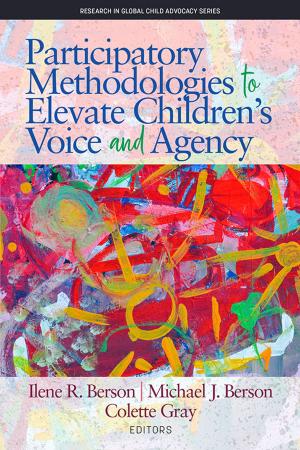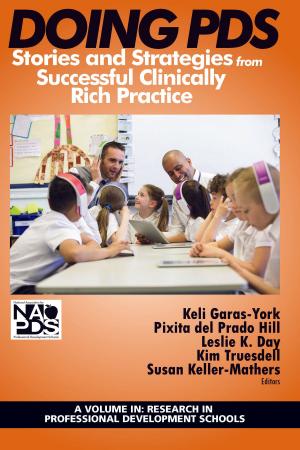CoTeaching and Other Collaborative Practices in The EFL/ESL Classroom
Rationale, Research, Reflections, And Recommendations
Nonfiction, Reference & Language, Education & Teaching, Elementary, Educational Theory, Bilingual Education, Teaching| Author: | ISBN: | 9781617356889 | |
| Publisher: | Information Age Publishing | Publication: | May 1, 2012 |
| Imprint: | Information Age Publishing | Language: | English |
| Author: | |
| ISBN: | 9781617356889 |
| Publisher: | Information Age Publishing |
| Publication: | May 1, 2012 |
| Imprint: | Information Age Publishing |
| Language: | English |
Much has been written about the cognitive and academic language needs of those learning English as a new language (be it a second language in the United States or other Englishspeaking countries or as a foreign language in all other parts of the world). Many guidebooks and professional development materials have been produced on teacher collaboration and coteaching for special education, inclusive classrooms. Similarly, much has been published about effective strategies teachers can use to offer more culturally and linguistically responsive instruction to their language learners. However, only a few resources are available to help general education teachers and ESL (Englishasasecondlanguage) specialists, or two Englishasaforeignlanguage (EFL) teachers (such as native and nonnative English speaking) teachers to collaborate effectively. With this volume, our goal is to offer an accessible resource, longawaited by educators whose individual instructional practice and/or institutional paradigm shifted to a more collaborative approach to language education. Through this collection of chapters, we closely examine ESL/EFL coteaching and other collaborative practices by (a) exploring the rationale for teacher collaboration to support ESL/EFL instruction, (b) presenting current, classroombased, practitioneroriented research studies and documentary accounts related to coteaching, coplanning, coassessing, curriculum alignment, teacher professional development, and additional collaborative practices, and (c) offering authentic teacher reflections and recommendations on collaboration and coteaching. These three major themes are woven together throughout the entire volume, designed as a reference to both novice and experienced teachers in their endeavors to provide effective integrated, collaborative instruction for EFL or ESL learners. We also intend to help preservice and inservice ESL/EFL teachers, teacher educators, professional developers, ESL/EFL program directors, and administrators to find answers to critical questions.
Much has been written about the cognitive and academic language needs of those learning English as a new language (be it a second language in the United States or other Englishspeaking countries or as a foreign language in all other parts of the world). Many guidebooks and professional development materials have been produced on teacher collaboration and coteaching for special education, inclusive classrooms. Similarly, much has been published about effective strategies teachers can use to offer more culturally and linguistically responsive instruction to their language learners. However, only a few resources are available to help general education teachers and ESL (Englishasasecondlanguage) specialists, or two Englishasaforeignlanguage (EFL) teachers (such as native and nonnative English speaking) teachers to collaborate effectively. With this volume, our goal is to offer an accessible resource, longawaited by educators whose individual instructional practice and/or institutional paradigm shifted to a more collaborative approach to language education. Through this collection of chapters, we closely examine ESL/EFL coteaching and other collaborative practices by (a) exploring the rationale for teacher collaboration to support ESL/EFL instruction, (b) presenting current, classroombased, practitioneroriented research studies and documentary accounts related to coteaching, coplanning, coassessing, curriculum alignment, teacher professional development, and additional collaborative practices, and (c) offering authentic teacher reflections and recommendations on collaboration and coteaching. These three major themes are woven together throughout the entire volume, designed as a reference to both novice and experienced teachers in their endeavors to provide effective integrated, collaborative instruction for EFL or ESL learners. We also intend to help preservice and inservice ESL/EFL teachers, teacher educators, professional developers, ESL/EFL program directors, and administrators to find answers to critical questions.















